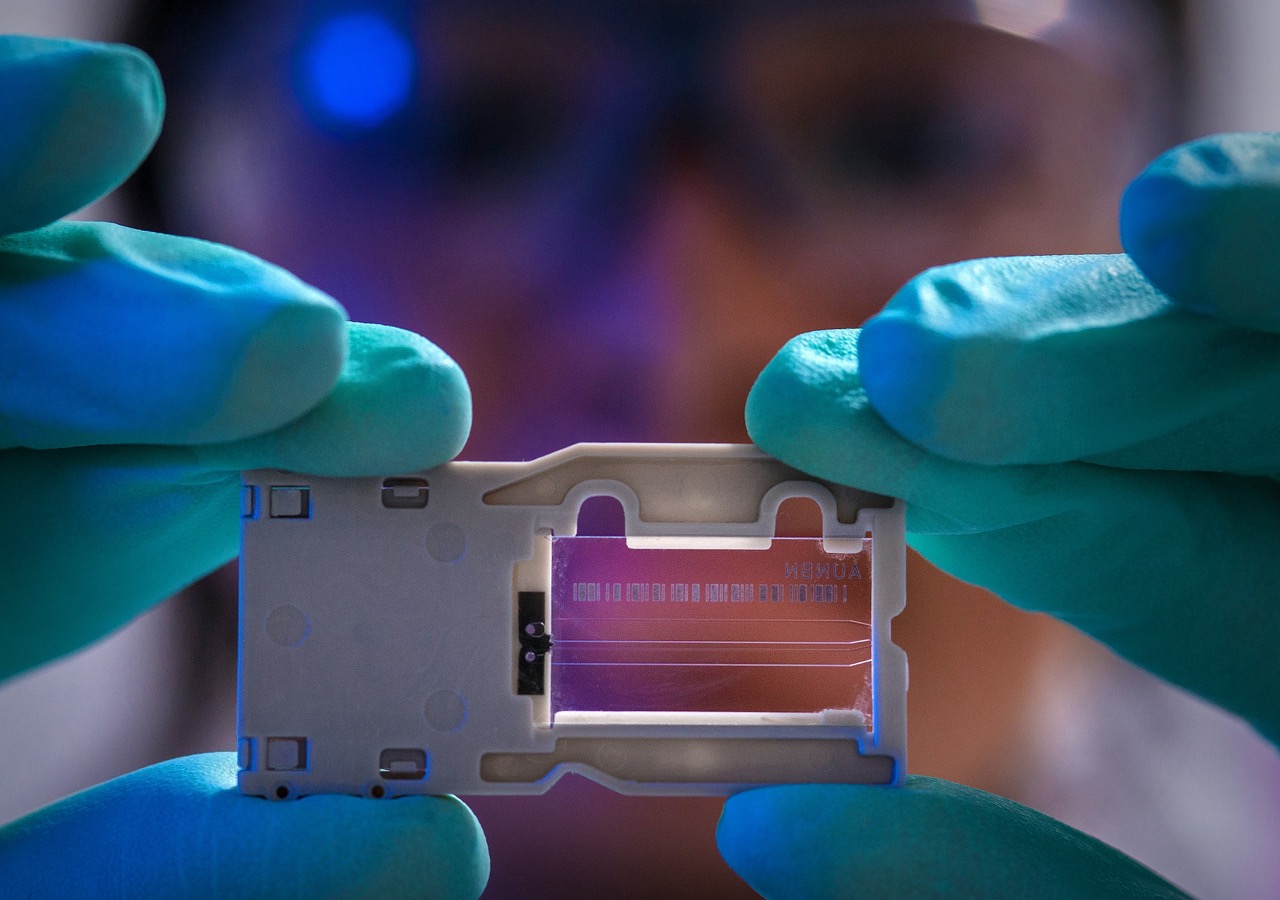Human Papillomavirus (HPV) is one of the most common sexually transmitted infections globally, with various strains that can lead to significant health issues, including cervical cancer, oropharyngeal cancer, and other genital cancers. The introduction of the HPV vaccine has been a game-changer in preventive healthcare, offering a means to significantly reduce the incidence of these cancers. However, questions often arise regarding the optimal age for receiving the vaccine. This article will explore the importance of the HPV vaccine, the recommended age groups for vaccination, the benefits of vaccinating adolescents early, and address common myths surrounding the vaccine.
Understanding HPV and Its Associated Health Risks
Human Papillomavirus (HPV) encompasses over 150 related viruses, of which more than 40 can infect the genital area. The majority of HPV infections are asymptomatic and resolve without intervention, but persistent infections can lead to serious health complications. Oncogenic strains of HPV are particularly concerning, as they have been linked to various cancers, including cervical, anal, vulvar, vaginal, and oropharyngeal cancers.
According to the World Health Organization, cervical cancer is the fourth most common cancer among women, and nearly all cases are attributable to HPV. In addition to cancer, HPV can cause genital warts, which can affect both men and women. Understanding the serious health risks associated with HPV highlights the importance of preventive measures, including vaccination, to curb the spread of these infections and the diseases they cause.
In response to the growing public health concern, the U.S. Centers for Disease Control and Prevention (CDC) and other health organizations advocate for HPV vaccination as a way to prevent these severe health outcomes. Vaccination not only protects the individual but also contributes to herd immunity, thereby reducing the overall prevalence of HPV in the population.
Recommended Age Groups for HPV Vaccination
The CDC recommends that preteens aged 11 to 12 years receive the HPV vaccine, although it can be administered as early as 9 years old. This recommendation is based on research indicating that the vaccine produces a stronger immune response in younger individuals, making early vaccination more effective. For those who have not been vaccinated by their 13th birthday, it is still recommended to receive the vaccine up to age 26.
Catch-up vaccination is also encouraged for young adults aged 27 to 45, though the benefits may be less significant as they are more likely to have been exposed to HPV already. The vaccine is not routinely recommended for this age group unless they are at higher risk for new HPV infections, such as those with multiple sexual partners or those who are immunocompromised.
It’s crucial to adhere to the vaccination schedule, which typically involves two or three doses depending on the age at which the vaccination series begins. Meeting these age recommendations helps ensure maximum effectiveness of the vaccine and provides the best opportunity for long-term protection against HPV-related diseases.
Benefits of Early HPV Vaccination for Adolescents
Vaccinating adolescents against HPV offers numerous health benefits, primarily in the prevention of HPV-related cancers. By administering the vaccine before the onset of sexual activity, individuals are more likely to be protected against HPV strains that cause cancer and genital warts. This early intervention can significantly reduce the incidence of cervical cancer, one of the most common HPV-related cancers in women.
In addition to its cancer-prevention benefits, early HPV vaccination contributes to broader public health initiatives. By vaccinating a large portion of the population, herd immunity can be achieved, which protects those who may be unable to receive the vaccine due to medical reasons. This collective immunity also decreases the overall spread of HPV in the community, leading to a decline in HPV-related diseases.
Furthermore, early vaccination can alleviate the emotional and financial burdens associated with treating HPV-related health issues later in life. By preventing infections before they occur, individuals can avoid not only the health risks but also the potential costs of medical treatments, screenings, and procedures related to HPV and its complications.
Addressing Common Myths About the HPV Vaccine
Despite the documented benefits of the HPV vaccine, numerous myths and misconceptions continue to circulate, leading to hesitancy among parents and young adults. One common myth is that the HPV vaccine promotes promiscuity among adolescents. However, studies have shown no evidence supporting this claim; in fact, the vaccine is intended to encourage safe practices by protecting against potential infections before sexual activity begins.
Another prevalent misconception is that the vaccine is only necessary for girls. While it is crucial for girls to receive the HPV vaccine to prevent cervical cancer, it is equally important for boys. HPV can lead to anal and oropharyngeal cancers in males, as well as genital warts. Vaccinating boys helps reduce the transmission of the virus and protects both genders from HPV-related health issues.
Finally, some believe that the HPV vaccine is unsafe or that it causes severe side effects. Research overwhelmingly indicates that the vaccine is safe and effective, with only mild side effects reported, such as soreness at the injection site or a low-grade fever. Ongoing monitoring continues to show that the benefits of vaccination far outweigh the risks, reinforcing the importance of this preventive measure.
In conclusion, the HPV vaccine represents a vital tool in the fight against HPV-related diseases, particularly when administered at the recommended ages. Understanding HPV and its health risks, recognizing the advantages of early vaccination, and dispelling common myths can empower individuals and parents to make informed decisions regarding HPV vaccination. By promoting vaccination among adolescents, we not only enhance individual health but also contribute to the reduction of HPV prevalence in society, ultimately leading to fewer cases of HPV-related cancers in the future.










